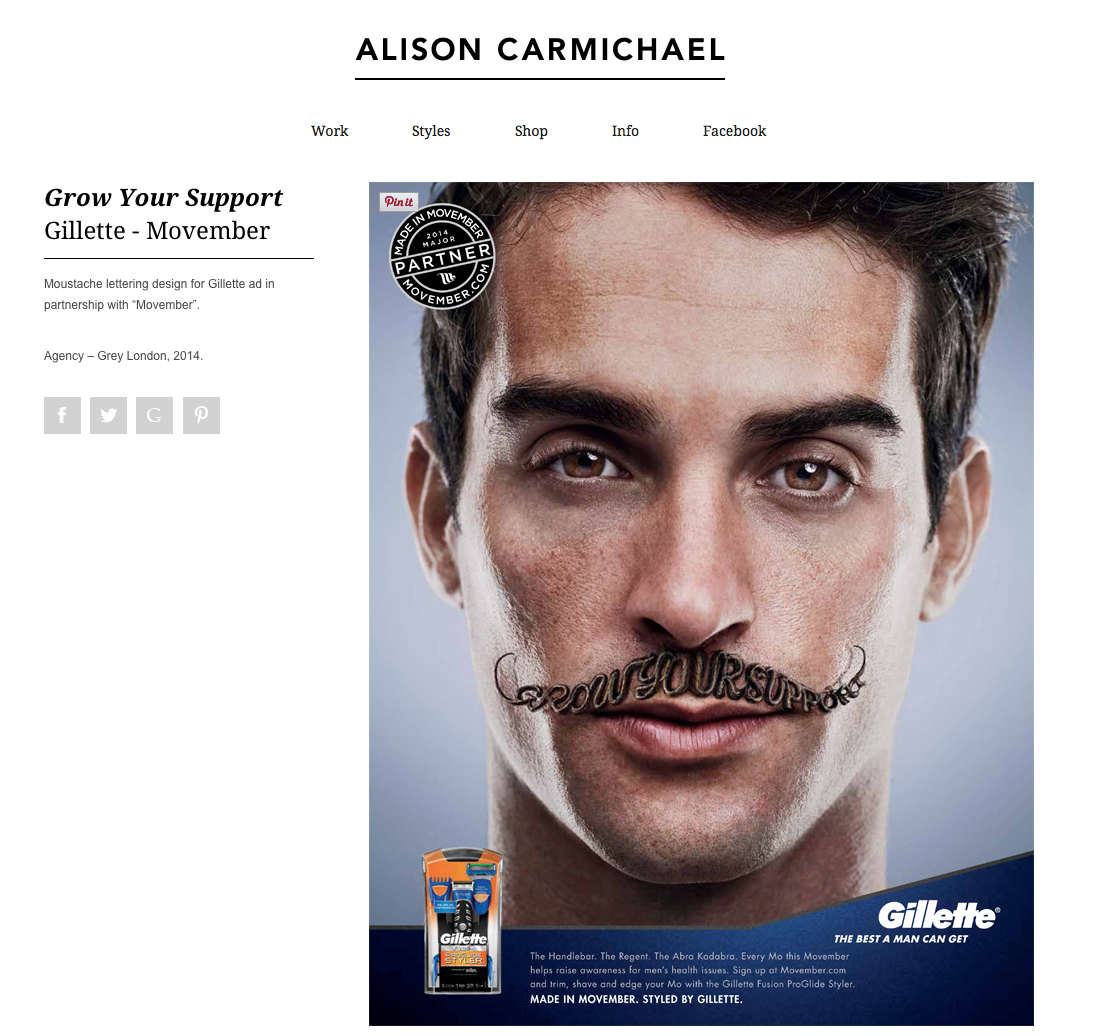In class today we experimented with drawing on physical items (fruit), and then drawing typography over the top of photos, which are two forms of design that
Stefan Sagmeister is renowned for, along with his business partner, Jessica Walsh. Sagmeister famously got his intern to carve hand drawn type with a scalpel into his torso. Sagmeister started this trend when he became bored with choosing standard fonts from a font source book in his early career and wanted to do something radical instead.
When drawing on a physical object, or on a photo, it is possible to see shade and tone, shadows, imperfections and depth that would be very hard to achieve using a purely digital format.
My apple with the quote: The life of a graphic designer is a life of fight.
I should have started the typography higher up, and not drawn so far around on the bottom line.
In the magazine cover featuring Colin Firth and the magazine cover I designed for Manhattan, the idea was to use the shape of his shirt to represent Manhattan island, and his labels are the Hudson River and the East River. The text was drawn in black over the image projected through a lightbox. I scanned the text into Photoshop and created two layers, one with the text in black, and another inverted to white. The white text was set to screen, and the black text to multiply. I then erased the unwanted text from each layer to combine the black and white type. The title would have looked better in a bolder typeface.
This work above, found on a Google search, is another example of how images can be created or enhanced with typography. There is a proliferation of this type of work on the internet now, with the design above being a particularly good example of how this style can work effectively. Unfortunately the artist is not credited on the original website.



















